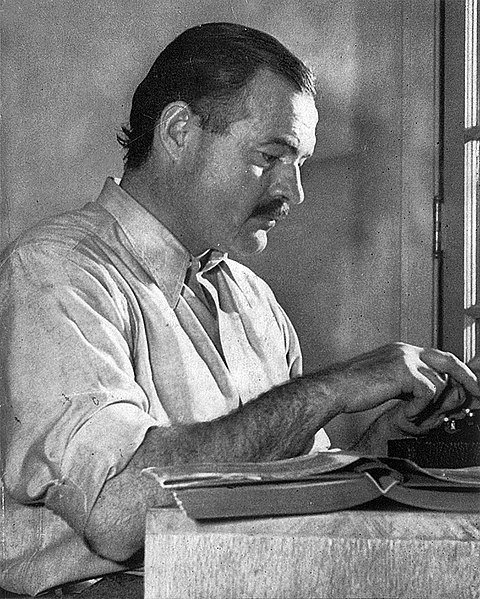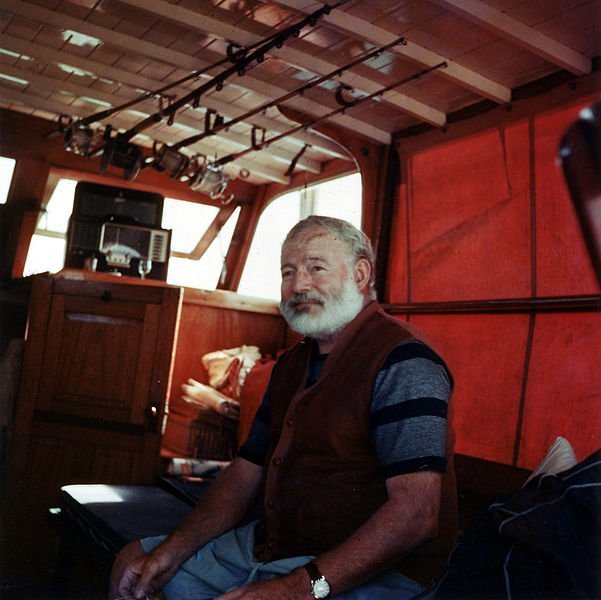Recent posts


Research Paper Guides
by  Mary Watson
Mary Watson
 Mary Watson
Mary Watson


 Photo: Lloyd Arnold, Public domain, via Wikimedia Commons
Photo: Lloyd Arnold, Public domain, via Wikimedia Commons Photo: Not specified, owned by John F. Kennedy library, Public domain, via Wikimedia Commons
Photo: Not specified, owned by John F. Kennedy library, Public domain, via Wikimedia Commons